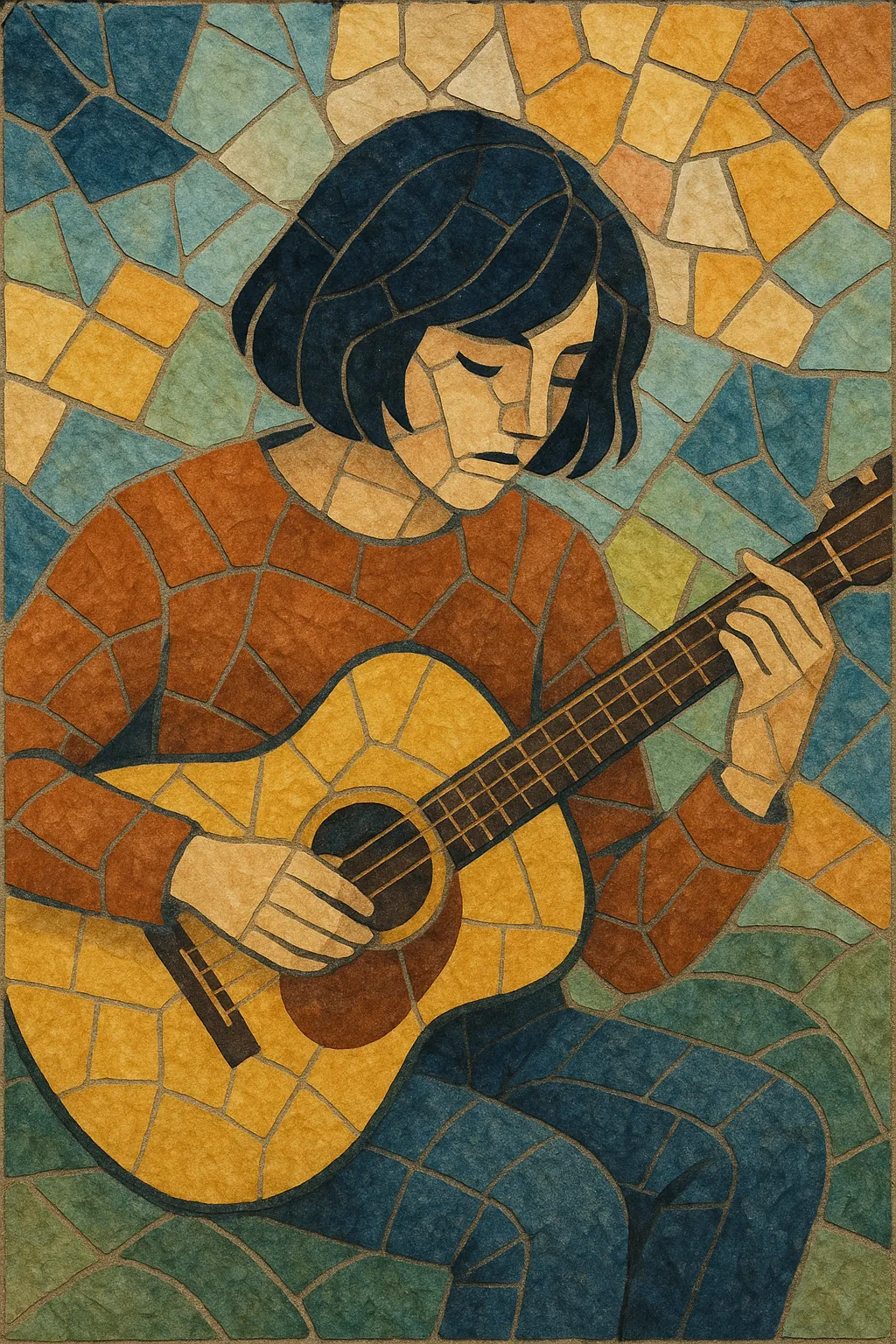Indie pop is a melodic, DIY-rooted branch of alternative music that blends the immediacy of pop songwriting with the independence and aesthetics of underground scenes.
It typically features jangly, clean-toned guitars, tuneful bass lines, compact song structures, and intimate, literate lyrics that balance sweetness with subtle melancholy.
The sound often leans toward bright chord progressions, earworm choruses, and understated production, favoring charm and personality over gloss.
Culturally, indie pop is tied to small labels, fanzines, and community radio, with influential scenes and imprints such as Postcard, Sarah, and Creation laying the groundwork for its global diffusion.
Indie pop emerged in the United Kingdom as artists and small labels embraced punk’s DIY ethos but pursued a more tuneful, jangly, and romantic direction. Early catalysts included Glasgow’s Postcard Records (Orange Juice, Aztec Camera), which married guitar sparkle and literate hooks to independent distribution and aesthetics. The scene differentiated itself from both mainstream synth-heavy pop and the darker edges of post-punk by centering melodic songwriting and emotional intimacy.
In 1986, the NME’s C86 cassette compiled vibrant, guitar-led bands and became a shorthand for a wave of indie pop—lo-fi, heartfelt, and community-driven. Labels such as Sarah Records and Creation championed hand-assembled sleeves, fanzines, and affordable 7-inches, turning a sound into a culture. The music balanced brightness and wistfulness, with jangle guitars, modest production, and a focus on everyday stories.
Through the 1990s, indie pop broadened geographically and stylistically. Acts like The Magnetic Fields reframed the genre with sophisticated songwriting and conceptual ambition, while Belle and Sebastian crystallized a bookish, chamber-tinged approach. The 2000s saw cross-pollination with chamber pop and indietronica, and the rise of internet communities helped scenes flourish beyond traditional industry structures.
Streaming-era discovery and affordable home recording tools fueled a new wave of indie pop, from bedroom-based creators to festival headliners. Artists blended indie pop’s core melodies with synth-pop gloss, dream-pop textures, or subtle electronics, spreading its influence to scenes as varied as Shibuya-kei offshoots and contemporary bedroom pop. Despite changing production norms, the genre’s anchors—catchy songwriting, understated charm, and a DIY spirit—remain intact.
Start with a clean or lightly overdriven electric guitar (Rickenbacker-style chime is classic), a melodic bass that often counter-melodies the vocal, and a straightforward drum kit with a crisp backbeat. Tambourine, handclaps, piano, subtle synth pads, strings, or glockenspiel can add sparkle without overwhelming the mix.
Use diatonic major/minor progressions (I–IV–V, ii–V–I, or I–vi–IV–V) with tasteful color tones (maj7, add9, sus2/4) and occasional borrowed chords for bittersweet shifts. Keep vocal melodies singable and hook-forward, and consider simple, memorable riffs or arpeggios to reinforce the chorus.
Aim for mid-tempo grooves (roughly 90–130 BPM) with a steady, unfussy feel. Typical structures include verse–pre–chorus–chorus with a concise bridge. Keep arrangements tight (3–4 minutes), focusing on contrast between verses and a lift in the chorus.
Write intimate, observational, or romantic lyrics that balance everyday detail with emotional nuance. Favor an earnest, conversational vocal delivery; use backing harmonies to sweeten choruses and emphasize hooks.
Prioritize clarity and warmth over heavy polish. Light compression, gentle tape-style saturation, spring/plate reverbs, and soft chorus or jangle textures help. Keep mixes open and dynamic; let guitars and vocals lead, with bass providing melodic glue rather than sheer weight.


